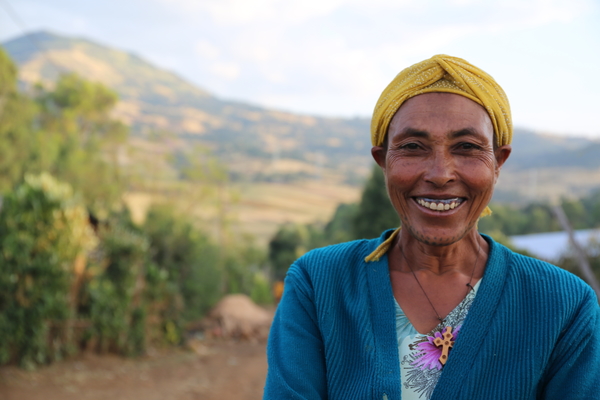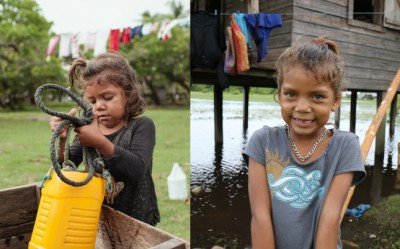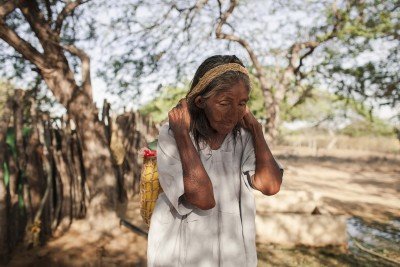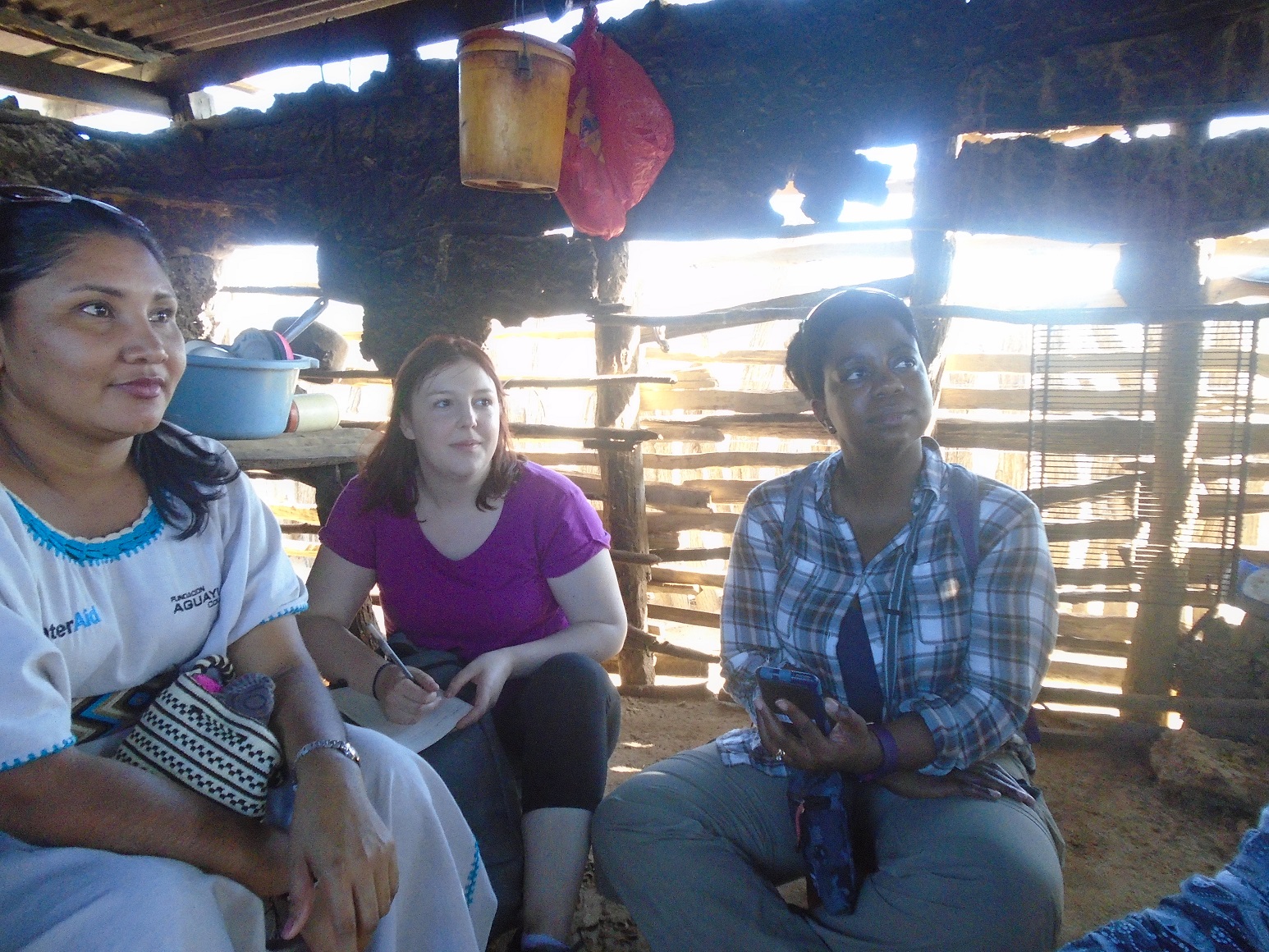Nedhi Regassa

Nedhi Regassa, 41, lives in an overpopulated African village with limited clean water supply. Originally, the water system in Babich Town, Ethiopia, where Regassa currently resides, was designed to serve 5,000 people over a 15-year span. However, due to heavy migration and re-institutionalization, the town’s population swelled to 25,000 within a decade. This has greatly strained the water supply — with limited supply as early as 8 a.m. every day — which has forced residents to collect from nearby rivers and springs. Regassa hopes the WASH project will “bring water close to home so that none of us have to walk long distances to collect it again.”
Curator’s note: The following is an excerpt of Nedhi Regassa’s story as told to WaterAid staff on November 30, 2016.
Q: How is it having water more consistently in the community water points?
A: It’s great to have water at any time of the day. It makes the labour work and everything worthwhile.
Q: I remember seeing you digging the trenches one very chilly morning? Wasn’t it too much to ask of you given you are a single mother?
A: Yes, I have six children to look after by myself. And I have small-scale businesses to make ends meet. But I was still happy to actively participate in every one of the trench excavation campaigns because I really needed the water. I don’t want my children to grow up without water. I always went to the river and collected water myself because I didn’t want my children to miss or go to school late. I don’t want them to end up uneducated like me. My oldest daughter could not go past sixth grade. But the rest, I am determined to push them through school all the way. So by doing labour work for this water project, I was only doing what I had to do to bring water close to home so that none of us have to walk long distances to collect it again.
Q: Why did you have to go to the river when there is a community water point right across the street from your house?
A: Yes, the structure is there but it didn’t have water after 8 a.m. We would stand in line and then after some people collected, the water would stop. So after a long wait, you could just come back empty handed. If there were houses with indoor connections and water was still flowing in their area, then we would buy one jerry can for 50 cents. Otherwise, we would go to the river and collect unclean water.
Q: How much do you pay now that you don’t have to buy it from private vendors?
A: I can buy one jerry can for just 10 cents. That means I can buy more water and wash my children’s clothes as often as I want. But more importantly, the difference is the time that I save. Before the water started working all day, if I couldn’t get a jerry can or get to the water before it went off, I had to go to the river and wash clothes there. That means I am wasting my daytime washing clothes instead of doing odd jobs and earning an income. Now I can collect the water at any time of the day and do the washing during the evening. That’s a big help for me.
Photo credit: WaterAid/Behailu Shiferaw






